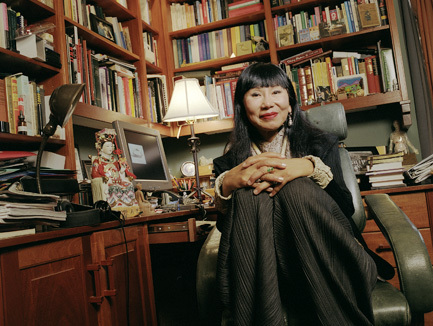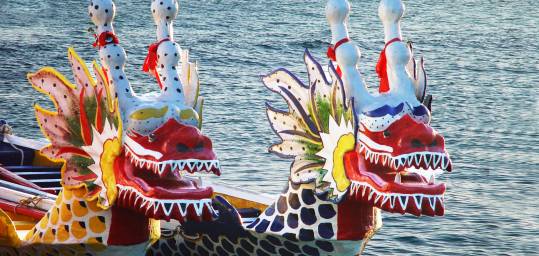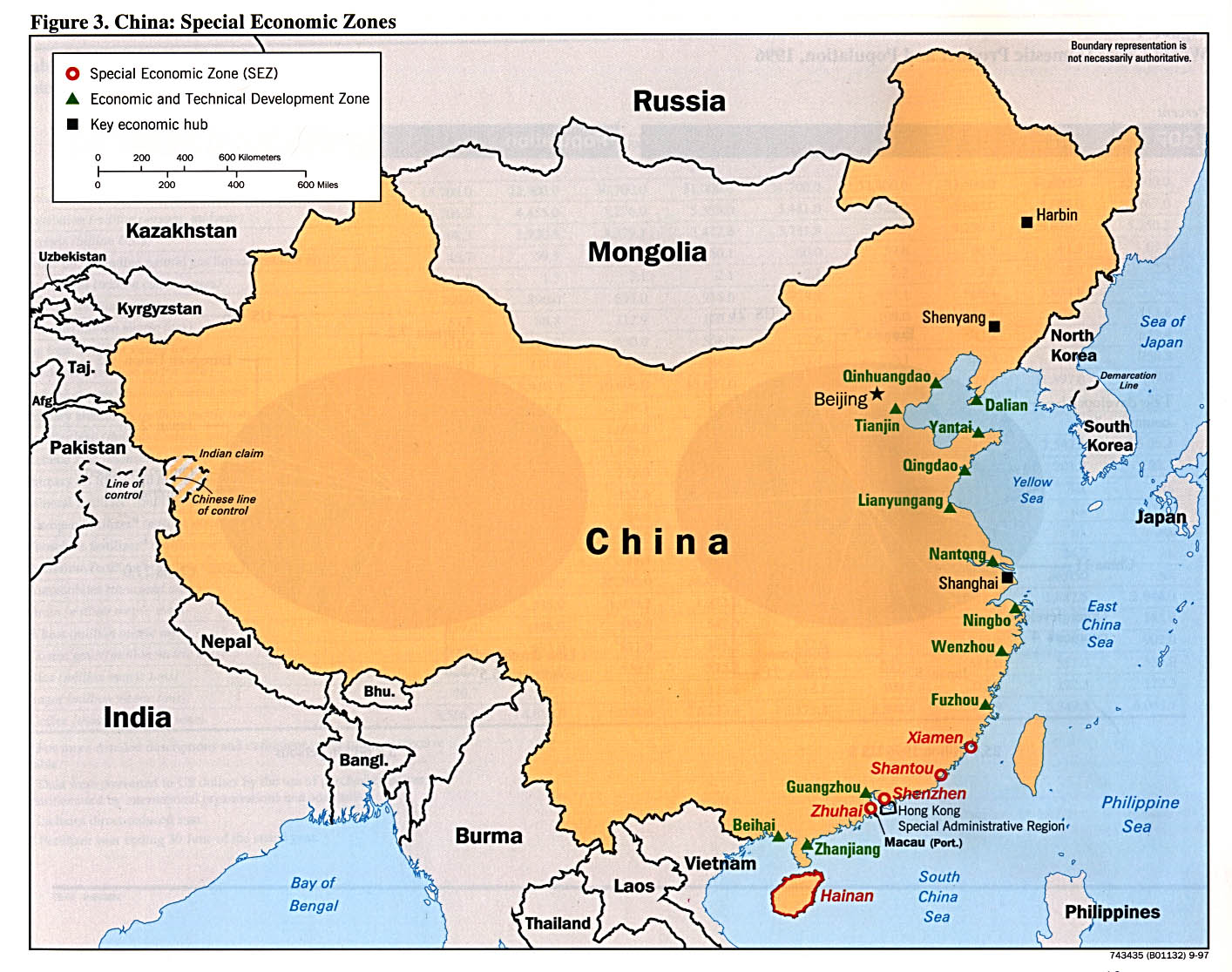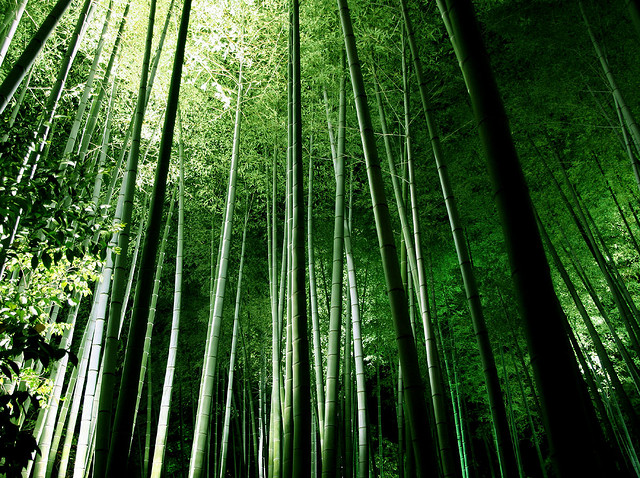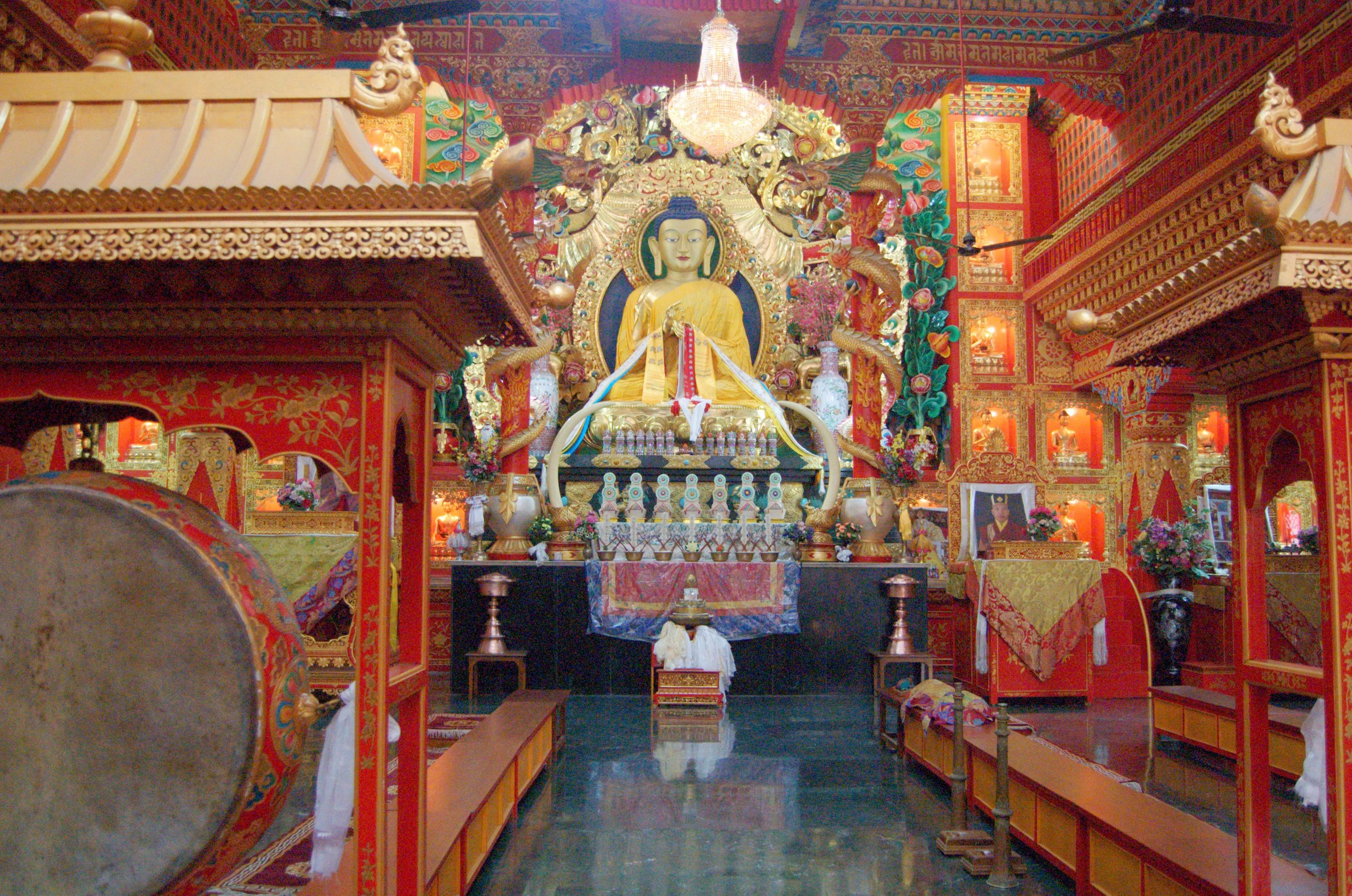A
little over a decade ago now, I read a story about a motorcyclist who wanted to
drive from the United States to the tip of South America and back. In order to
keep track of where he was, his family followed him through his credit card
transactions. When he got through Panama and was driving through Colombia – his
entry into the South American continent – he was kidnapped by Colombian rebels
and forced to hike through the jungles in the rain carrying his gear with
assault rifles at his back. After five terrifying weeks, they finally let him
go, keeping the bike of course.
The embassy helped him get his passport and certain papers back, and his
friends rallied together to send him a new bike. When asked if he was going to
return back to the US, he replied (and I’m paraphrasing), “Hell, no. I’ve come
this far, and I’m not letting those jerks ruin my trip.” Wow. Of course he’s an
ex-Hell’s Angel. (Can you tell?)
Colombia
is the only country in South America that touches both the Caribbean Sea and
the Pacific Ocean. It borders Panama, Venezuela, Brazil, Peru and Ecuador. Geologically,
the land varies from beautiful beaches to Andean mountain views. Since Colombia
lies on the famed Ring of Fire, it’s the home of active volcanoes and also frequent
earthquakes as well. Columbia is one of the most ecological diverse countries
in the world. Part of the Amazon rainforest extends itself into Colombia as
well as being part of the drainage points for both the Amazon River and Orinoco
River. (Every time I read about the Orinoco River, I think of that Enya song,
“Orinoco Flow.”)
Colombia
has some of the oldest artifacts and antiquities found in the whole world. The
largest indigenous populations were mainly the Muisca (which is how I mistype
the word “music/musica” all the time), Quimbaya, and the Tairona. The Spanish
explorer Vasco Núñez de Balboa was the first European to actually explore the area
and see the Pacific Ocean from South America. While it was known by several
names throughout its history, Colombia was essentially named after Christopher
Columbus. Colombia (as part of the colonial name of New Granada) declared its
independence from Spain in 1810 but wasn’t fully recognized until nine years later.
The famous Simón Bolívar (and namesake of the country of Bolivia) became the
first president of Colombia at this time. Colombian history from this point forward
is marked by several periods of civil unrest and political fighting between
rebel forces/vigilante groups and government forces. Of course, it hasn’t
always been this way: there were periods of peace, too.
 |
| I love the windswept hair forward. A man ahead of his time. |
Colombia
is ethnically diverse, with roughly a little less than 40% of its population
coming from European roots, 10% from Africa, and the rest coming from indigenous
peoples. And when you have such a diverse population, you also have large
numbers of mixed and mestizo populations as well to consider. The national
language is Spanish, spoken by over 99% of the country, but there are also 65
indigenous languages and two creoles that are also spoken. You’ll also find
English spoken on the islands of San Andrés and Providencia Island. Like most
Latin American countries, Roman Catholicism is the dominant religion, but they
also have followers of all of the major religions found as well.
The
capital city is Bogotá, a city of about 7.6 million people (a little less than
Chicago’s urban area). Nicknamed “The
Athens of South America,” this world-class city boasts many prominent
universities, museums, libraries, restaurants, theatres, sports arenas, and
historic architecture. Bogotá was named a World Book Capital in 2007, the
second in the Americas (after Montreal, Canada). The city (and country) has
really made a push towards decreasing violent crime and crime in general in
hopes that this results in increased tourism, which has already started to
rise.
There
are some pretty famous things and people that have come from Colombia: Juan
Pablo Montoya (race car driver), John Leguizamo (actor), Shakira (musician), and
many other musicians, scientists, and writers who have impacted our world.
Colombia shares its wonderful coffee with the rest of the world (remember Juan
Valdez?). I’m pretty sure I have a special place in my heart for all of the coffee-producing
countries. I just know I’m pretty sure the meal is going to be incredible, just
like my Colombian playlist on Spotify. And my husband is going to teach me how
to grill. (Again.) So this should be interesting all around.
Up
next: holidays and celebrations
















